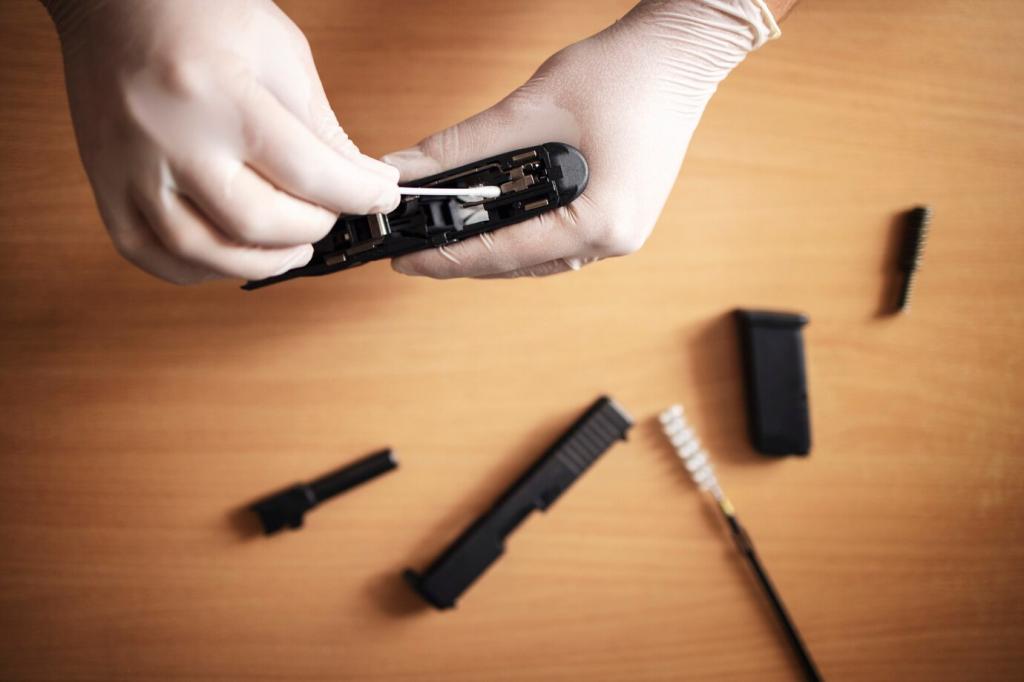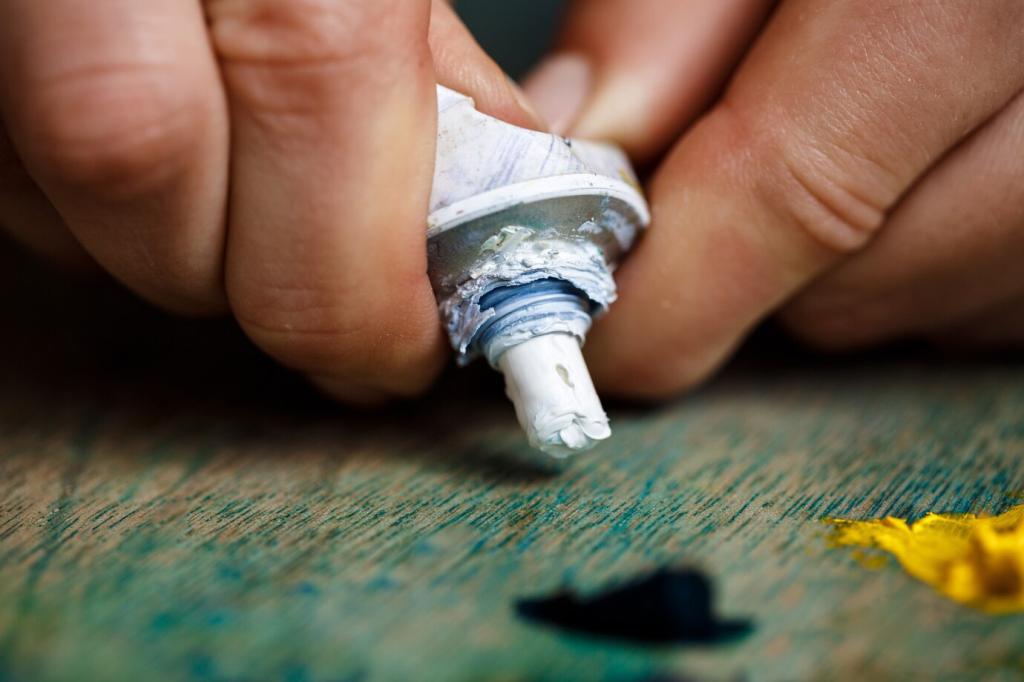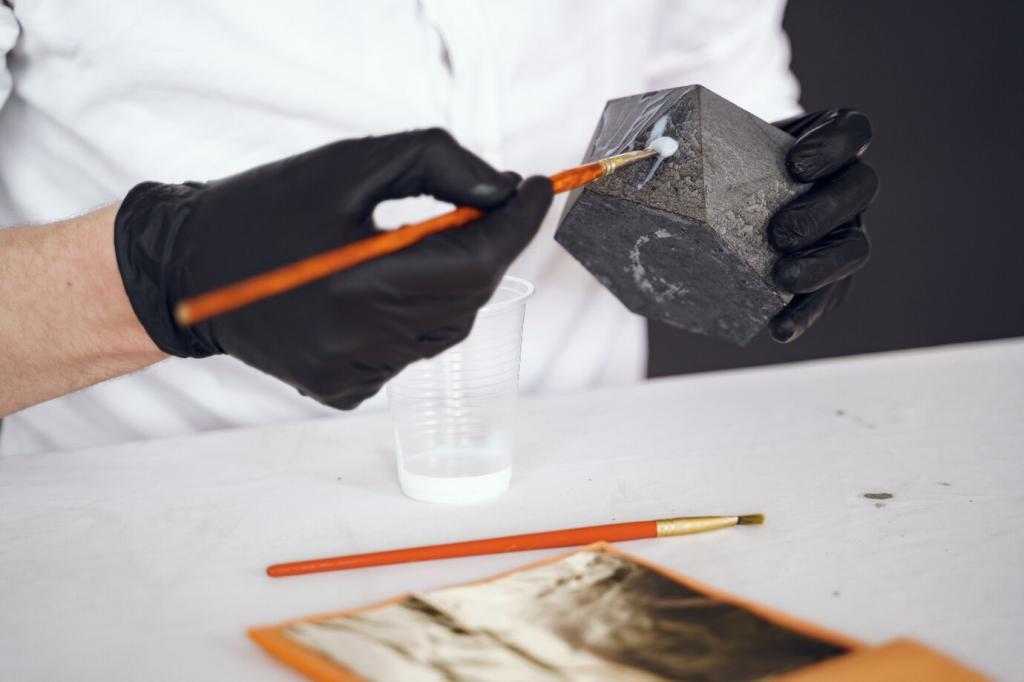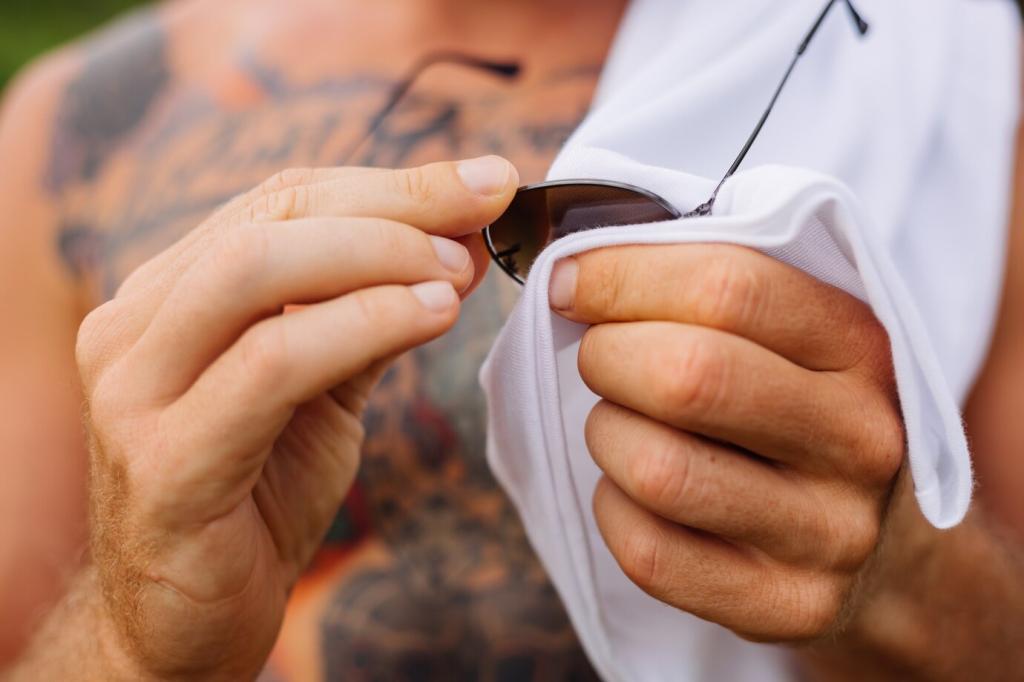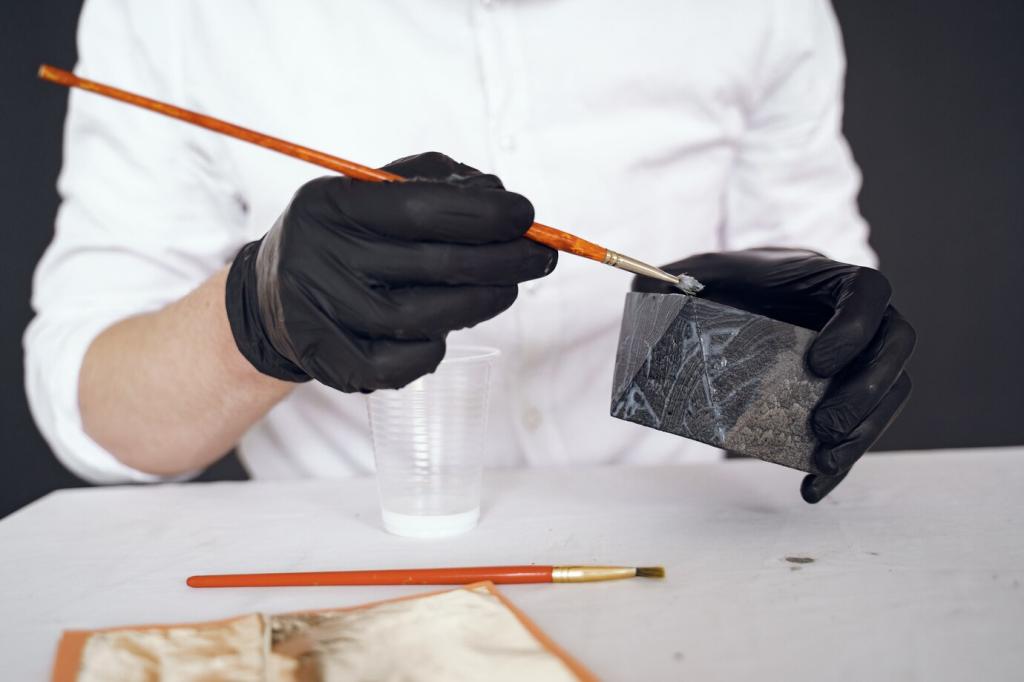Pantry Solutions That Blend Color and Sheen
Crush a walnut or almond and rub along the grain. The nut’s oil and fine particles lodge in shallow scratches, darkening raw wood fibers and restoring sheen without harsh chemicals or complicated steps.
Pantry Solutions That Blend Color and Sheen
Dab damp, fine coffee grounds into a light-colored scratch, then buff dry. Repeat thin layers, matching tone gradually. This patient approach avoids blotches and lets you stop once the color aligns convincingly.

